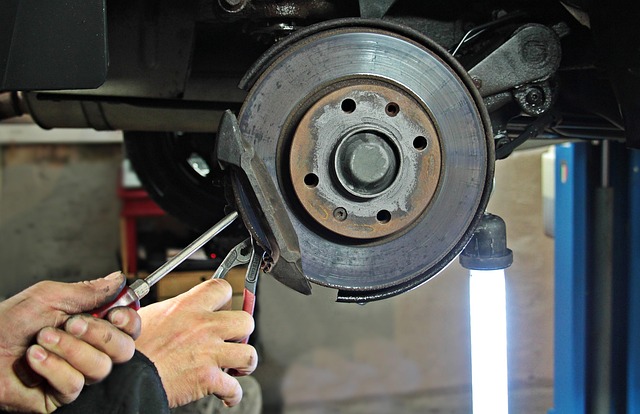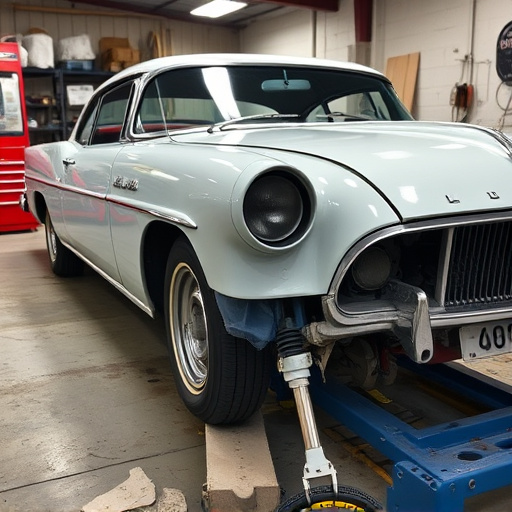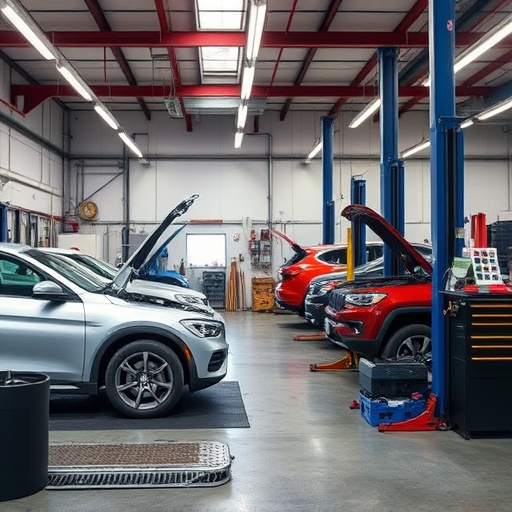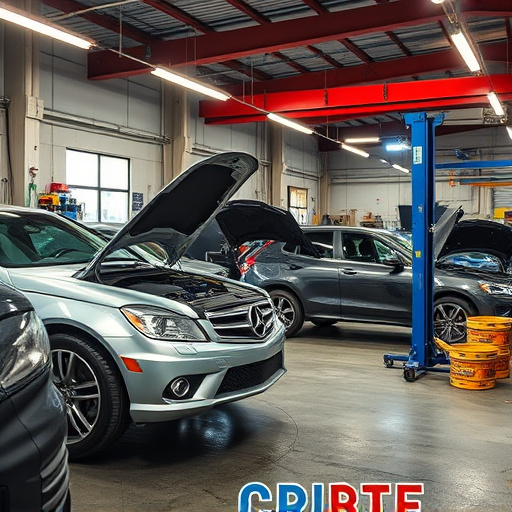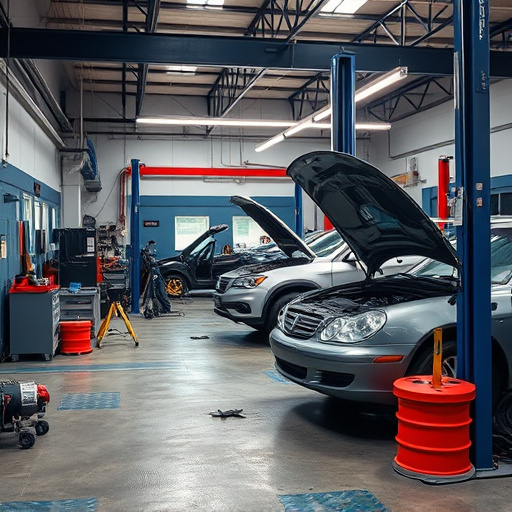Addressing delay concerns in collision repair is vital for maintaining efficient workflows, minimizing wait times, and maximizing customer satisfaction. Common delays arise from part sourcing, labor availability, and technician training. Implementing solutions like prioritizing tasks based on urgency, leveraging specialized software, using advanced paintless dent repair methods, and integrating digital workflow management systems can optimize the process, reduce operational costs, and enhance overall efficiency in automotive body shops.
In the fast-paced world of collision repair, delays can significantly impact workflow efficiency and customer satisfaction. This article delves into the common delay concerns within the industry, offering practical strategies to navigate these challenges. From understanding the root causes of delays to implementing effective workflow management techniques, we provide actionable insights. Additionally, discover tools and methodologies to streamline operations post-delays, ensuring a smoother process for both repair shops and their clients.
- Understanding Delay Concerns in Collision Repair
- Strategies to Efficiently Manage Workflow During Delays
- Tools and Techniques for Streamlining Post-Delay Operations
Understanding Delay Concerns in Collision Repair

In the realm of collision repair, understanding delay concerns is paramount for efficient workflow management. Delays can significantly impact both customer satisfaction and shop profitability. Common delay concerns include sourcing parts, especially for specialized or rare models like a Mercedes-Benz collision repair, managing labor availability, and ensuring proper training for technicians handling complex procedures such as vehicle dent repair or intricate vehicle paint repairs.
These delays often create a ripple effect across the entire repair process. For instance, an unexpected part backlog can stall production, leading to longer wait times for customers. Moreover, inefficient workflow management can result in underutilized resources and increased operational costs. Recognizing these delay concerns is the first step towards implementing strategic solutions that streamline the collision repair process.
Strategies to Efficiently Manage Workflow During Delays

Managing workflow during delay concerns collision is a critical aspect of keeping a collision repair shop efficient and profitable. One effective strategy is to prioritize tasks based on urgency and impact. This ensures that critical repairs, like safety-related components or vehicles with immediate customer pick-up needs, are addressed first. By organizing work queues effectively, shops can minimize downtime and maximize productivity.
Additionally, leveraging technology for workflow management can significantly help. Utilizing specialized software for collision repair can streamline processes, from estimating to dispatching parts and labor. This digital approach allows for real-time updates on job progress, enabling shop managers to reallocate resources as needed. Implementing these strategies not only enhances efficiency but also reduces stress and improves customer satisfaction during unexpected delay periods in car dent repair, automotive repair, or auto painting services.
Tools and Techniques for Streamlining Post-Delay Operations

In the face of delay concerns collision repairs can be a complex and time-consuming process. However, adopting efficient tools and techniques significantly streamlines post-delay operations within an automotive body shop. For instance, leveraging advanced paintless dent repair methods, which minimize disruption to the vehicle’s original finish, can dramatically reduce turnaround times and boost customer satisfaction. Similarly, implementing digital workflow management systems allows for real-time tracking of repairs, enhances communication between teams, and identifies bottlenecks early on, ensuring smoother operations despite delays.
Effective bumper repair strategies are also crucial. By utilizing specialized tools and precision techniques, shops can expertly restore damaged bumpers to their original condition, both aesthetically and functionally. Moreover, integrating these practices with a robust digital workflow management system enables automotive body shops to efficiently schedule repairs, manage parts inventory, and communicate progress updates to customers, ensuring timely completion even when delay concerns arise.
In addressing delay concerns in collision repair, implementing efficient workflow management strategies is key to minimizing downtime and maximizing productivity. By understanding the root causes of delays and employing tools tailored for streamlined post-delay operations, collision centers can optimize their processes, reduce wait times, and enhance customer satisfaction. These practices ensure a more fluid workflow, allowing professionals to navigate the challenges posed by delay concerns with confidence and agility.




